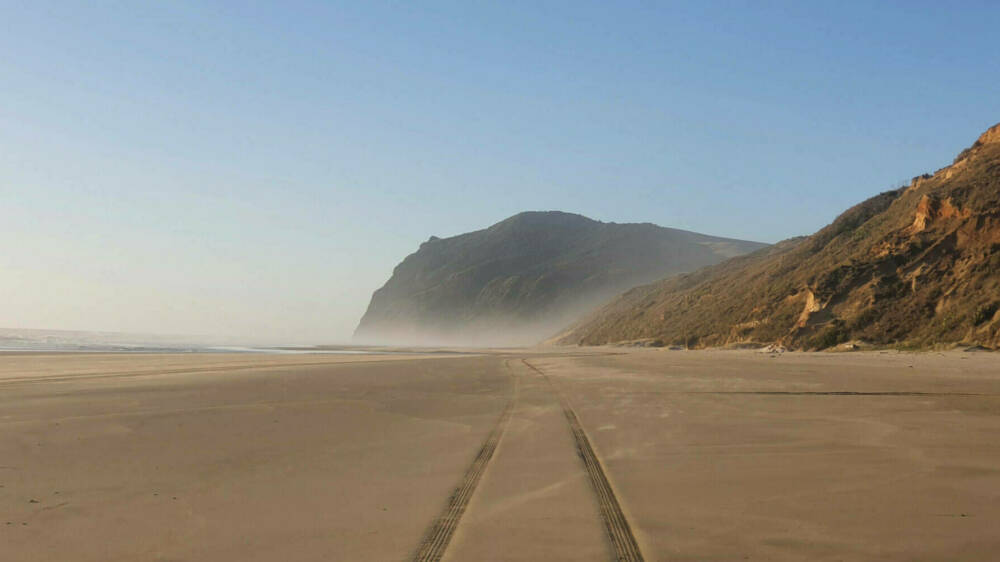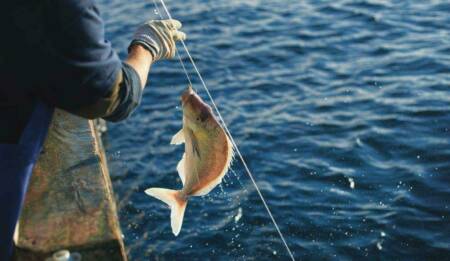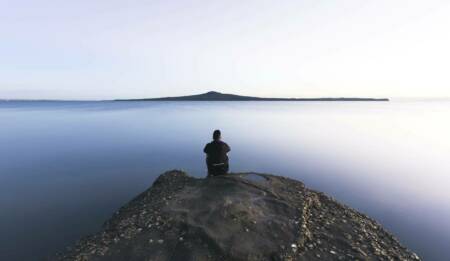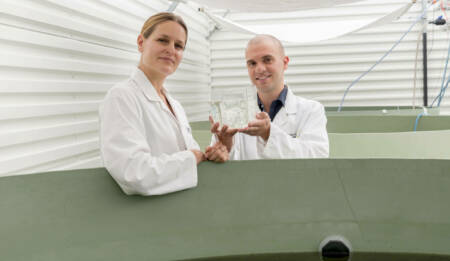Thinking outside the can: engineering toheroa aquaculture
This project is developing sustainable, community-based toheroa aquaculture in Northland. The toheroa is an iconic surf clam in Aotearoa New Zealand. It is a taonga / treasure species with the potential to kickstart the blue economy of Northland.

Background
Toheroa are delicious, nutritious and have a cultural identity which makes them valuable and marketable. They were once plentiful on Northland’s west coast beaches. However, populations collapsed after decades of unsustainable harvest.
Despite more than 50 years of protection, wild toheroa populations haven’t recovered. While commercial fishing is no longer viable, spat / juveniles are still found in large numbers. The project team believes they can be sustainably harvested to supply a community-based toheroa aquaculture industry.
The green-lipped mussel industry successfully farms wild-harvested spat. Now, researchers are asking whether the same can be done for toheroa.
This project is part of the New Zealand government’s Sustainable Seas National Science Challenge / Ko ngā moana whakauka.
Project details
On paper, toheroa are the perfect aquaculture species. They are delicious, nutritious, fast growing and thrive at high densities.
The project will look at the reliability and sustainability of wild toheroa spat supply, and identify the knowledge and technology needed for land-based aquaculture systems. It will also look at how iwi might be supported to develop both capacity and capability for toheroa aquaculture.
The project is partnering with Te Roroa iwi to ensure it meets the needs of the Māori communities of Northland. The team expects this work to serve as a model for developing community-based aquaculture elsewhere in Aotearoa New Zealand.
What they hope to achieve
The project has two aims. The scientific aim is to generate knowledge that will facilitate the development of toheroa aquaculture. The greater objective is to create opportunities that will contribute positively to the social, cultural, economic and ecological well-being of Northland.
This project will create new knowledge, increase human capacity, and refine novel technologies. Together, these will support development of sustainable community-led aquaculture.

Resource






